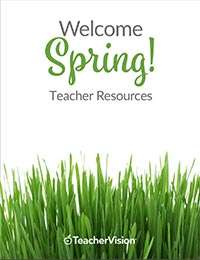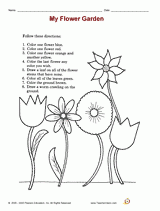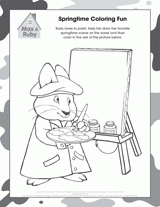Use a School Readiness Activity to provide early language thinking experiences for preschool children that will prepare them to do well in the early grades.
Grades:
Subjects:
Pretending to Be Animals
Purpose/Skills
- To follow verbal directions
- To engage in a discussion
- To build vocabulary
Materials
Animal books and pictures
listen
act like
Literature Suggestion
Read Goldilocks and the Three Bears by Jan Brett, or any other animal book.
Warm-Up
- Read the book.
- Engage children in a discussion about animals. Ask questions such as, Who has a pet animal at home? Where does your pet sleep? What sounds does it make? What other animals do you know? What do those animals do? What sounds do they make? What are the differences between pet animals and wild animals?
- Talk about many different animals, such as dogs, cats, snakes, elephants, bears, horses, birds, or lions. For English Language Learners: show pictures of animals and help them say the animal names.
Procedure
- Tell children that they are going to pretend to be animals. Model an example. Tell children you want them to guess what you are. Explain that you will move and make sounds like an animal. Example: Flex your fingers like a lion's claws and then roar.
- Ask a volunteer to think of an animal, but not to say its name aloud. (You may want him or her to whisper in your ear so you can help if necessary.) Then say the two-step directions again: Move like an animal and then make the sounds that animal makes. Invite children to guess what animal the volunteer is acting out.
- After the children guess what the animal it is, reinforce the directions by asking the group to make the movements and sounds.
- Repeat the activity so that all the children get a turn. Help any children who have difficulty by helping them decide what animal to be, what to do, and what sounds to make.
Enrichment
Start an animal poster. Prepare animal and nature pictures ahead of time. Give children directions for adding to the poster. For example: Jess, please add this tree to the poster; then put this picture of a bird in the tree.
Observation Assessment
- Proficient - Child listens well, thinks of an animal, and follows two-step directions with little difficulty.
- In Process - Child participates in the activity, but has difficulty thinking of an animal and following the directions.
- Not Yet Ready - Child cannot yet think of an animal or follow directions without prompting.












